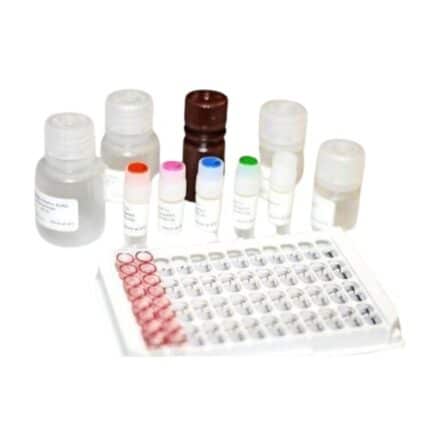Insulin Reagent – Jaj International
Human insulin is a polypeptide hormone originating in the beta cells of the pancreas and serving as a principal regulator for the storage and production of carbohydrates. Its secretion is usually stimulated by increases in the amount of glucose in circulation. This leads to higher insulin levels and more rapid tissue assimilation of glucose — followed by a decline in the insulin level as the glucose level subsides.
In a number of conditions, notably insulinoma and diabetes, this relationship is impaired. Insulin tends to circulate at inappropriately high levels in patients with insulin-secreting pancreatic tumors; such tumors can thus be a cause of hypoglycemia.
Accordingly, insulin immunoassays – used sometimes in connection with provocative doses of tolbutamide or calcium – play an essential role in the identification (and localization) of insulinomas. The finding of fasting hypoglycemia in association with an inappropriately high serum insulin concentration is considered diagnostic.
Insulin levels do not figure in the subclassification of diabetes worked out by the National Diabetes Data Group. Nevertheless, when obtained in the course of a glucose tolerance test, they appear to be of some prognostic value in predicting the benefits of insulin therapy and the likelihood of progression to insulin dependence and the complications (such as retinopathy) characteristic of diabetes.
The application of insulin immunoassay to patients already undergoing insulin therapy is complicated because such therapy typically leads to the formation of anti-insulin antibodies capable of interfering with the assay. Some investigators have sought therefore to measure insulin in urine, or in serum samples subjected to column chromatography or PEG precipitation.
But the measurement of “free” insulin remains of limited interest as a
technique for monitoring insulin therapy in the absence of statistics establishing therapeutic or toxic ranges. So far it appears that glucose control in diabetics cannot in general be achieved by normalizing the insulin profile. Nor is it known at what point abnormally high insulin levels become dangerous.











Reviews
There are no reviews yet.